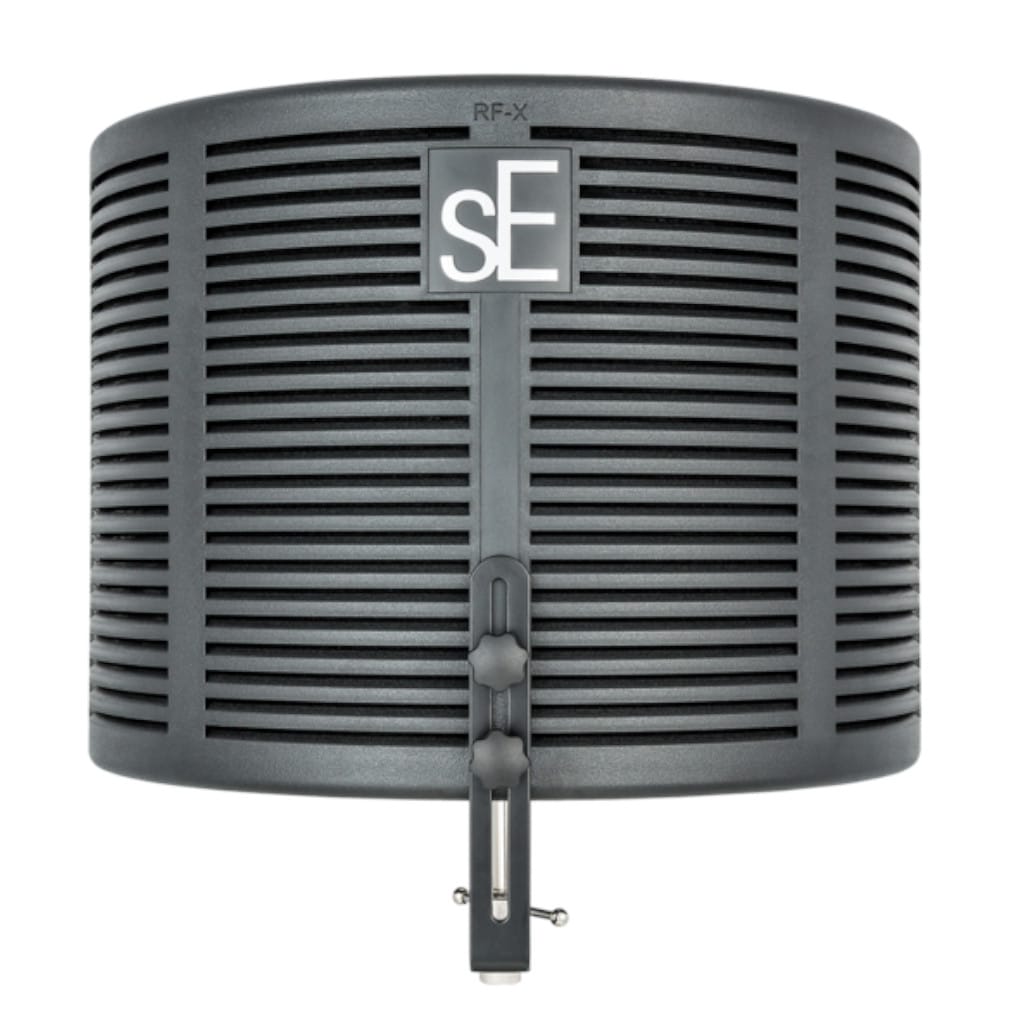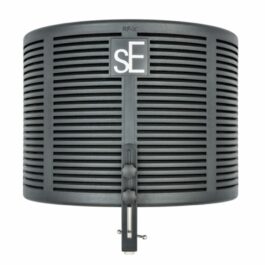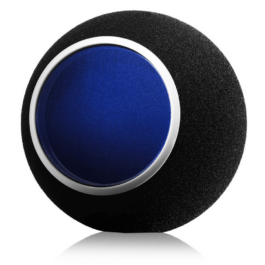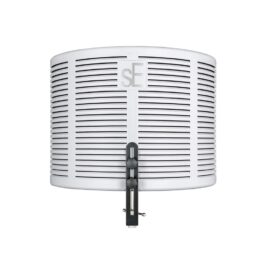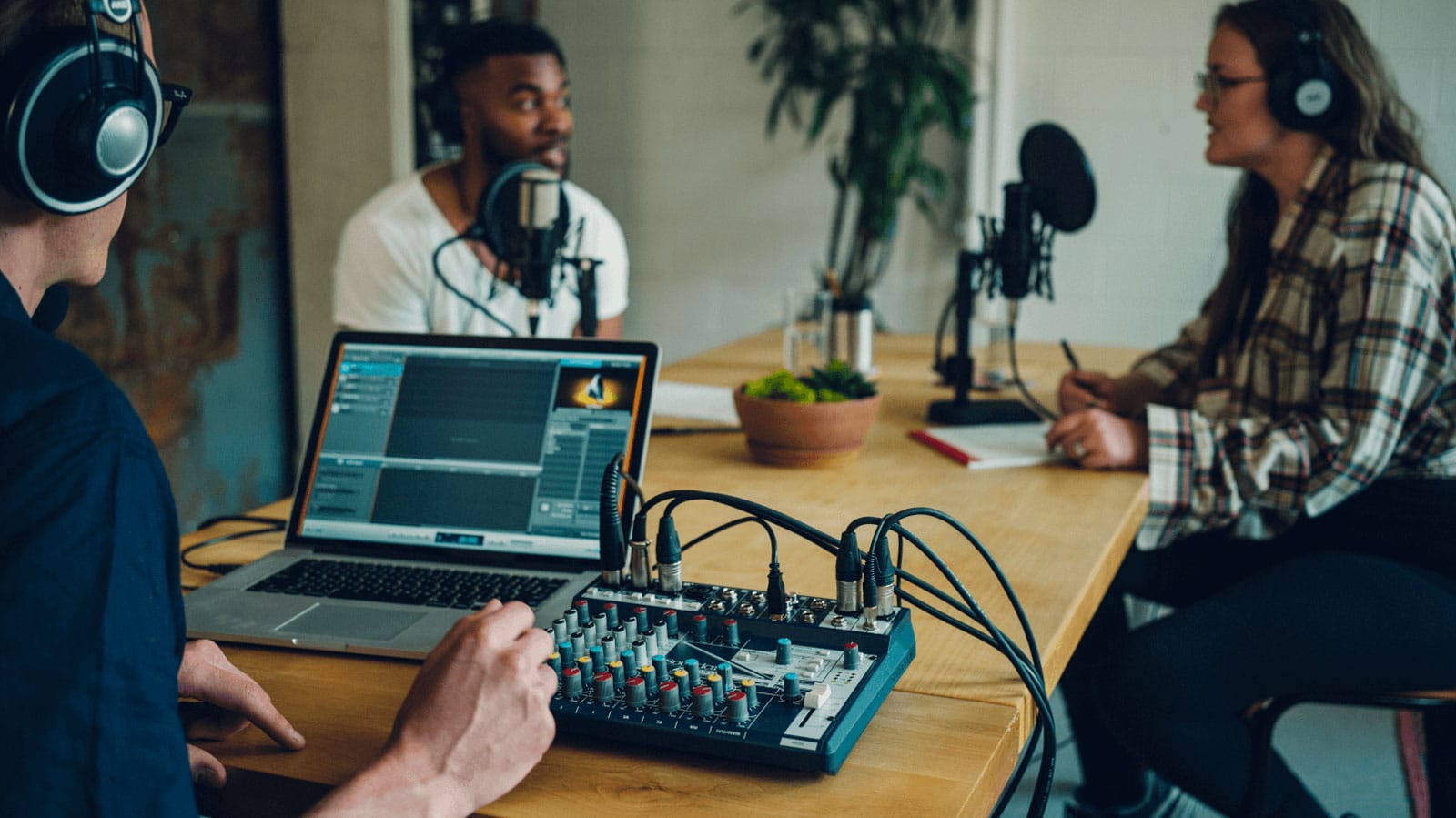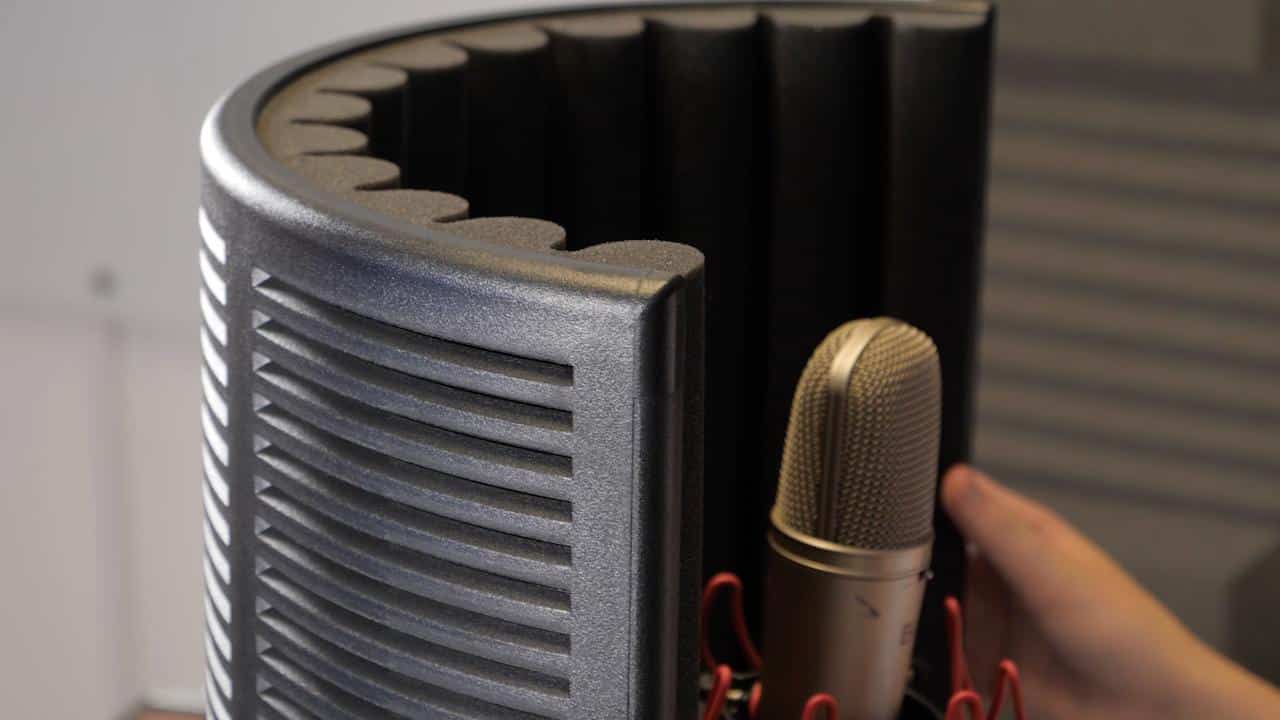
Reflection filters, or isolation shields are commonly seen in recording studios right around the world. From bedroom setups to pro studios, and from hip hop to metal, reflection filters seem to be a commonly used tool… but what exactly do they do, and in which situations can they be useful?
Let’s take a look at how they work, why they work, and what they do to help you decide if a reflection filter is for you!
What do reflection filters do?
As the name suggests, the purpose of a reflection filter is to filter out reflections in the room from coming back into your microphone. This helps to keep your recording clean, and free of excess background noise.
This is particularly helpful in a room that is not acoustically treated or has a lot of unpleasant echo. If you are permanently setup in a space like this, or would like to be able to record on-the-go in any given space, a reflection filter can be an indispensable tool, providing consistent results every time.
Without a reflection filter the sound waves from the vocalist will bounce around the room and reflect back into the rear side of the microphone. Whereas with a reflection filter attached, all of those ‘rogue’ sound waves will be absorbed by the acoustic foam, allowing the microphone to pick up the vocalists performance in a clean manner.
When are reflection filters not the answer?
Reflection filters are not a one-size-fits-all tool. If you are recording in an acoustically treated room, or a room with a spatial sound or ambience you enjoy, a reflection filter can rob the recording of a lot of that beauty.
Types of reflection filters
The most common type of reflection filter is the U-shaped design which covers the back of the microphone, such as the SE Electronic RFX. These do a stellar job of blocking reflection coming into the back of the mic, as we explained earlier, but there is a whole other element that is not covered here.
The reflections coming from behind the vocalist, which to add insult to injury, are coming into the most sensitive area of the microphone; the front.
This is sometimes solved by hanging towels or blankets over the head of the vocalist and the back of the reflection filter, but that’s hardly a perfect solution.
Enter Kaotica, and their outstanding innovation in the form of the Eyeball Isolation Filter. These are placed over the microphone itself, covering all but a small pop-filter-sized hole in acoustic foam.
This succeeds in blocking all surrounding noise, only allowing the vocalists sound waves to enter. It’s little wonder why these Kaotica Eyeballs have made their way into recording spaces the world over, and have been used by the biggest names in music.
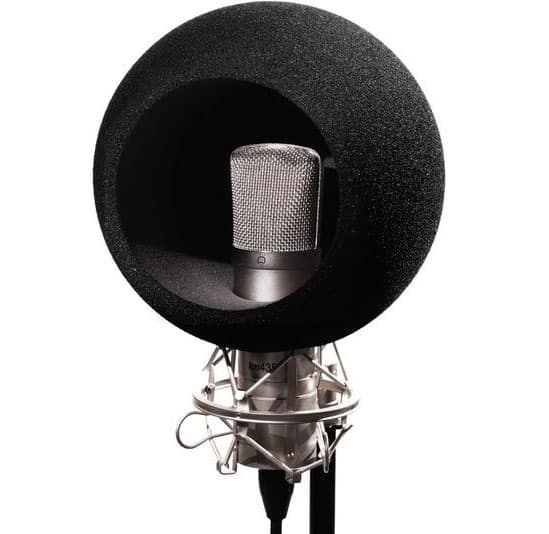
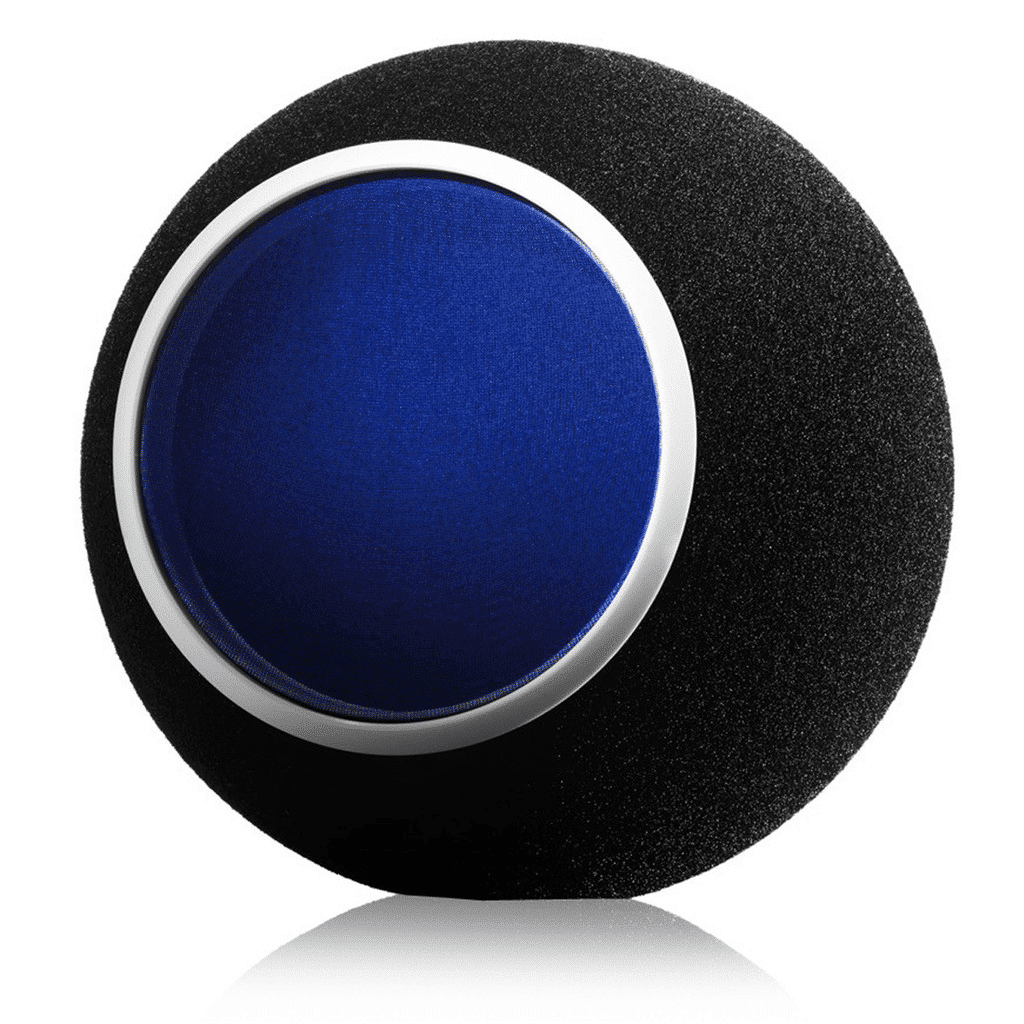
Browse reflection filters...
-
Request Stock
- Out of Stock
- Studio & Recording, Studio Accessories
SE Electronics RFX Reflection Filter – Black
- R1,999FREE DELIVERY
- Select options
-
-
Birthday Sale Deal!
- Studio & Recording, Studio Accessories
Kaotica Eyeball Reflection Filter
-
R5,655R5,100FREE DELIVERY - Select options
-
Request Stock
- Out of Stock
- Studio & Recording, Studio Accessories
Se Electronics RFX Reflection Filter – Red
- R1,999FREE DELIVERY
- Select options
-


